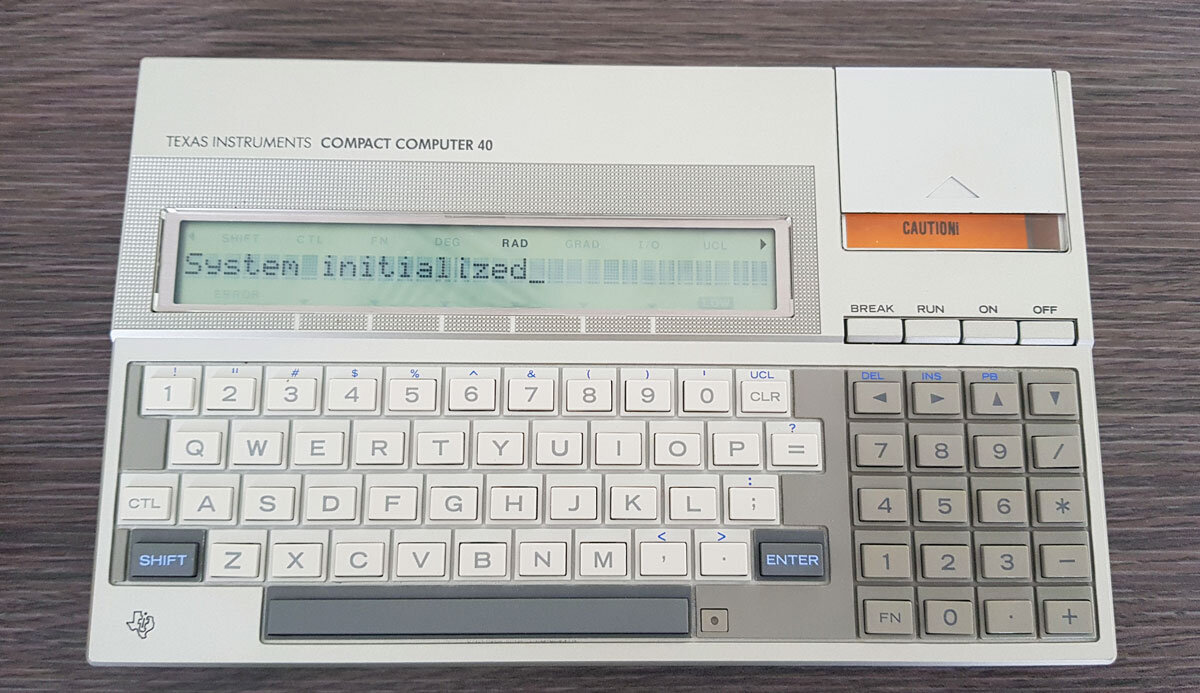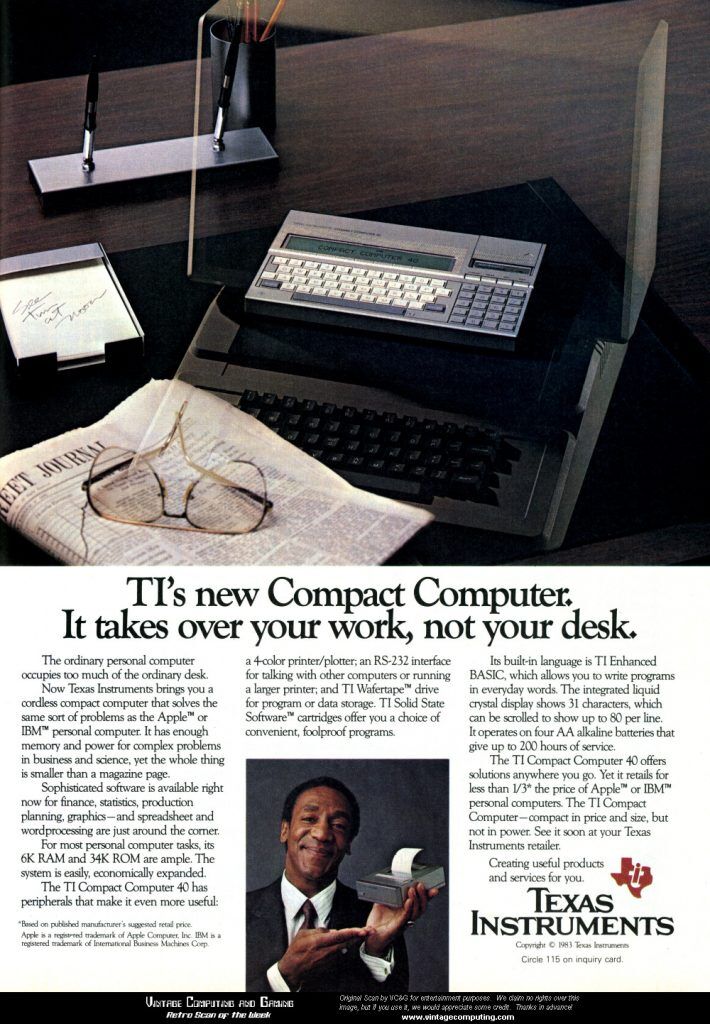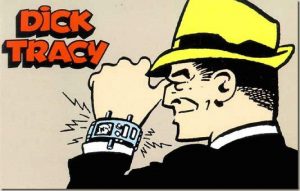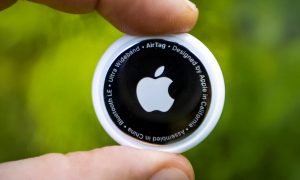
After writing the brief review of the EPSON HX-20: the first laptop ever, I decided to do the same with others old computers. The next device that fell into my hands was a very compact computer, released in 1983 (like the HX-20), but it did not manage to be as successful as the EPSON. It had more speed, a VERY competitive price and its manufacturer was not just anyone but nothing less than Texas Instruments, number one in the semiconductor market at that time and inventor of the integrated circuit.
But it was not easy, the apparent promising future of the CC40 ended in a sales failure and it was clear that in that nascent market for personal computers, nothing was said and it was not a matter of "blowing and making bottles".

The Compact Computer 40 was fantastic in terms of efficiency. Its 4 AA alkaline batteries (common batteries) gave it a range of 200 hours of continuous use and many months of normal use. We will not find this even in any laptop today. This great autonomy made an important detail go to the background in the heads of the product designers: permanent storage. They thought that after launching it (originally without a permanent storage unit) they would have enough time to launch an external storage unit (Wafertape), while users drained their batteries for months and saved their programs in volatile memory for up to a while. But the calculations did not go as expected and their external storage product was not quite a prototype with many technical problems. In the end, specialized magazines rated the product as "incomplete" and users turned their eyes to other products.
Texas Instruments decided to discontinue the product a year later and this marked the end of an era for the company. They later announced that they would not make any more personal computers. To put everything in context, we must remember that months before 3 important executives had decided to leave their positions and found their own company, nothing more and nothing less than Compaq.
It already had a port, predecessor of USB
Despite everything, the Compact Computer 40 is interesting in other terms such as the aforementioned efficiency and advances such as the inclusion of a computational interface called HEXBUS, which allowed several peripherals to be connected in a “cascade”. HEXBUS is considered a predecessor of the now popular USB bus.
Like many computers at the time, you could find support for BASIC, the popular programming language of the time. The BASIC interpreter came embedded and ready to use. To test it, I wrote a very brief little program on the CC40 to convert the temperature from Fahrenheit to Centigrade.
100 INPUT "enter degrees f:"; far1 200 cent1 = (far1-32) * 5/7 300 PRINT cent1 310 PAUSE
Finally I leave you with a video where I run the program and make a summary of this review.





